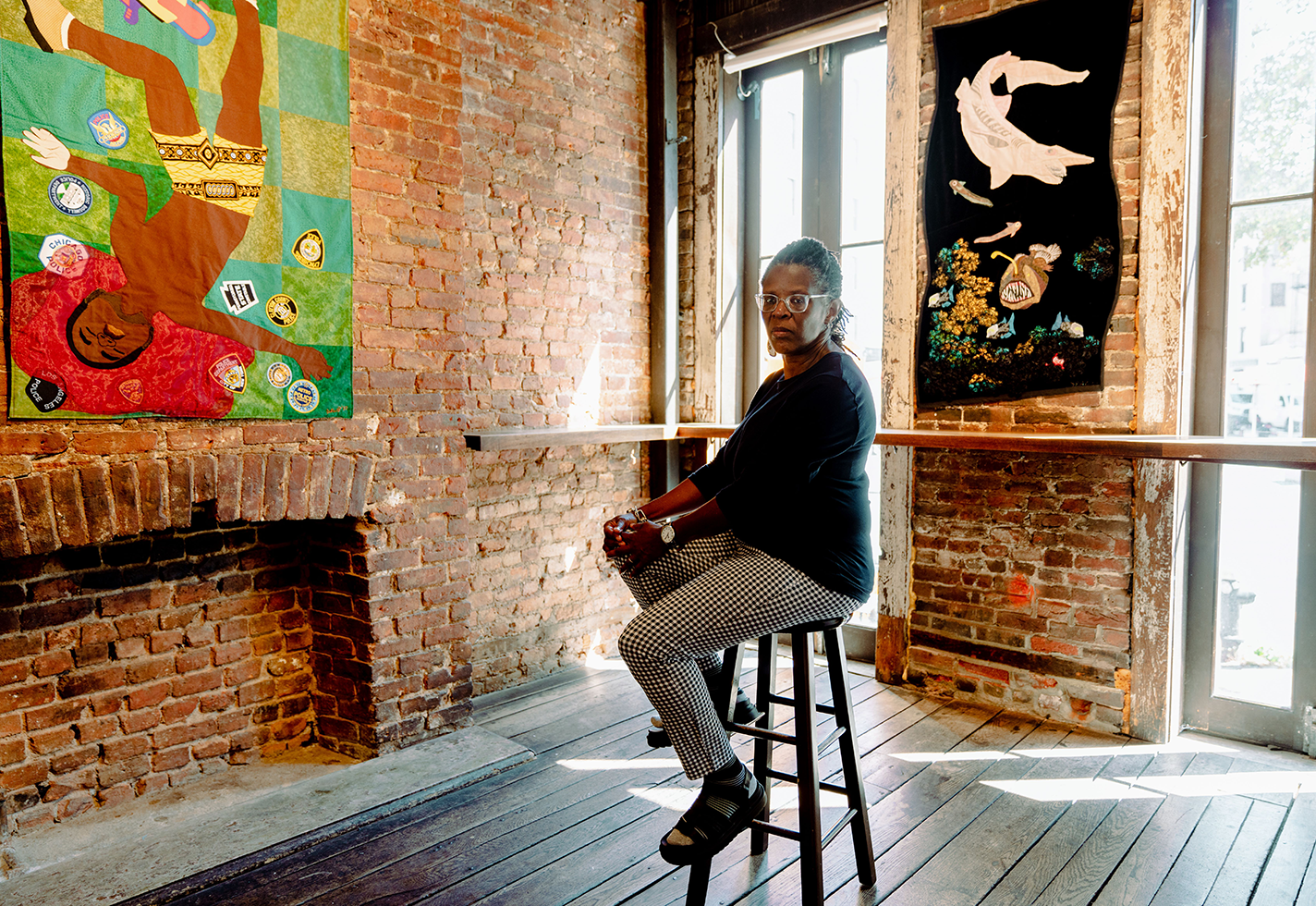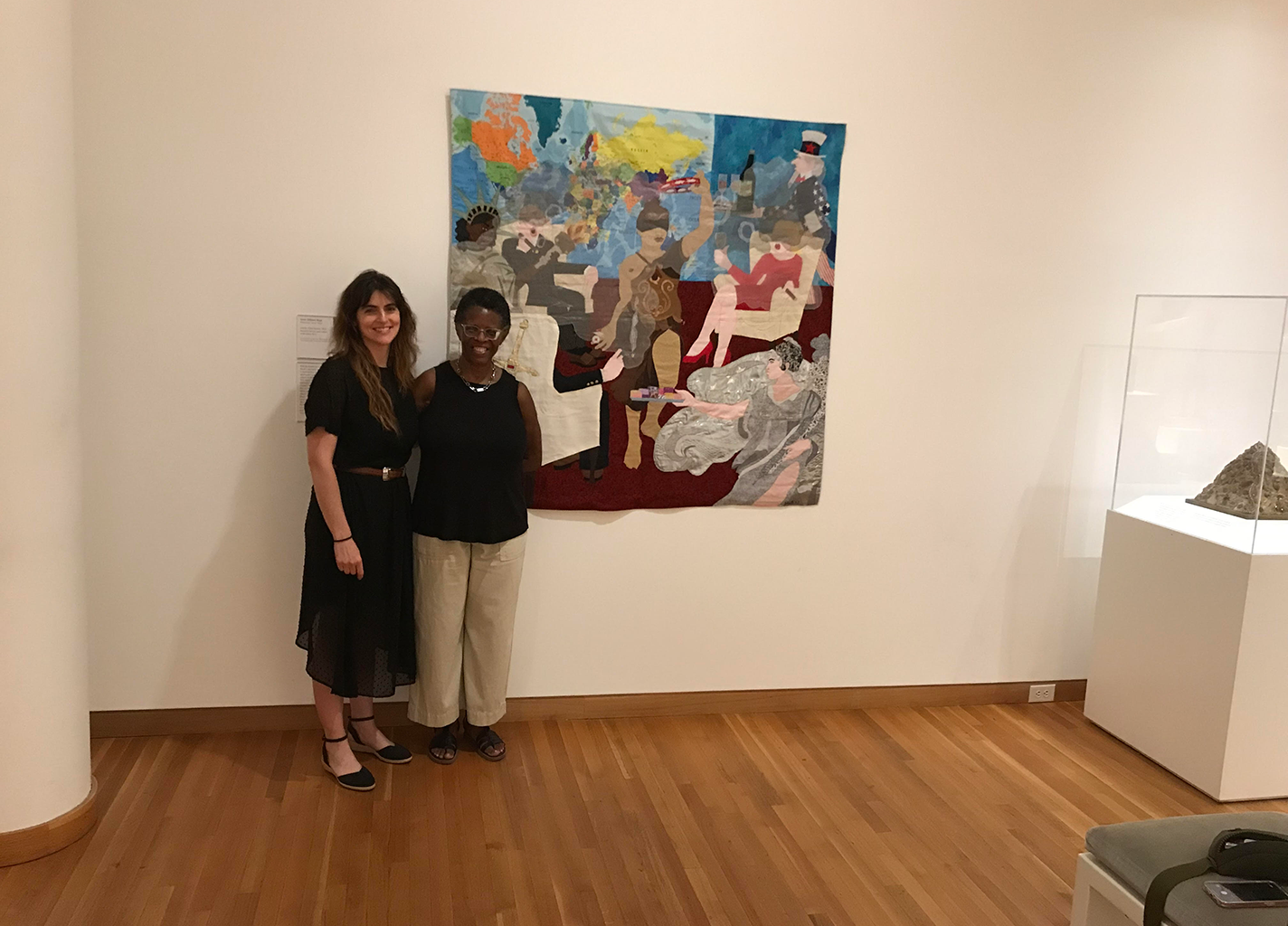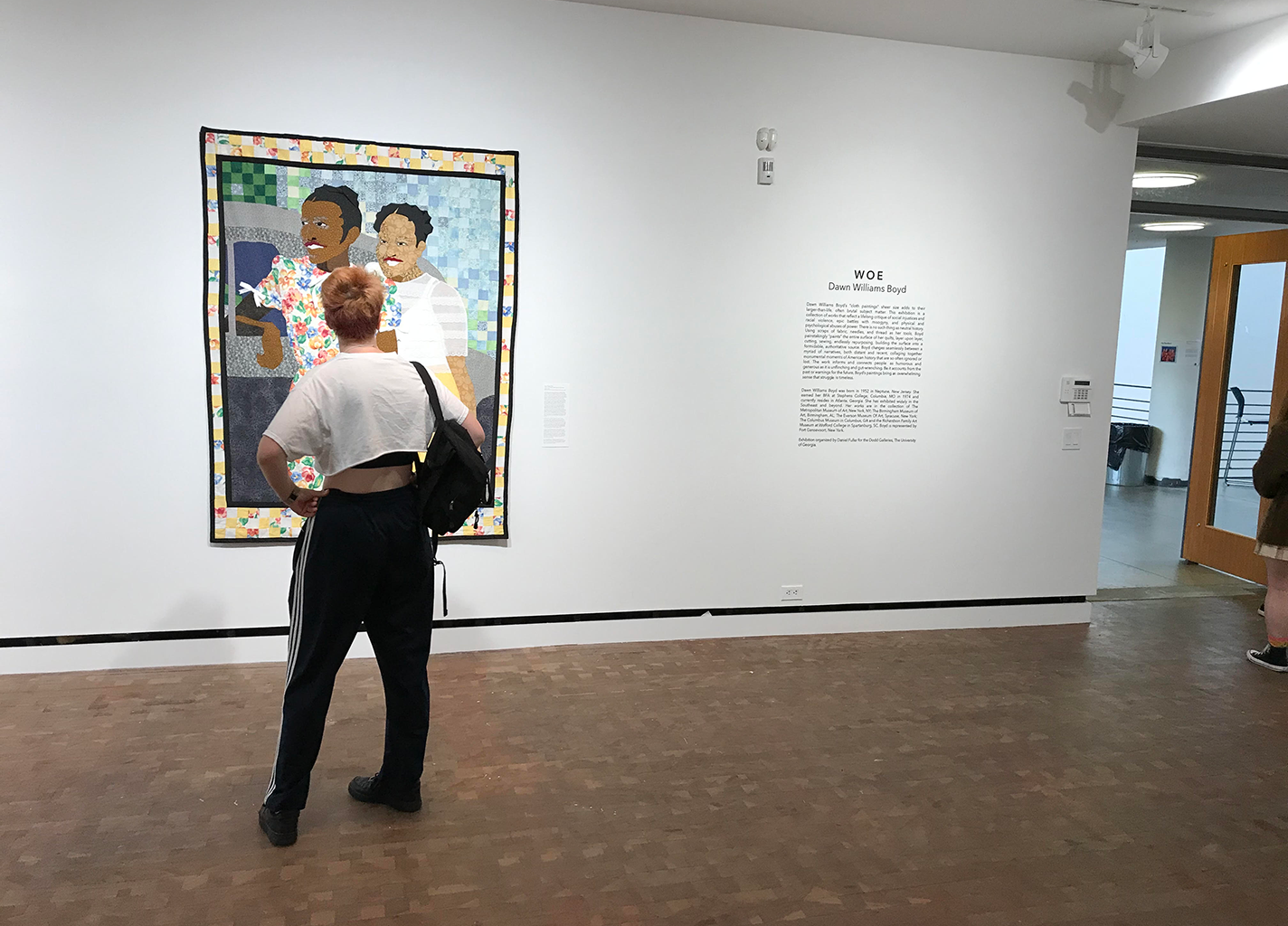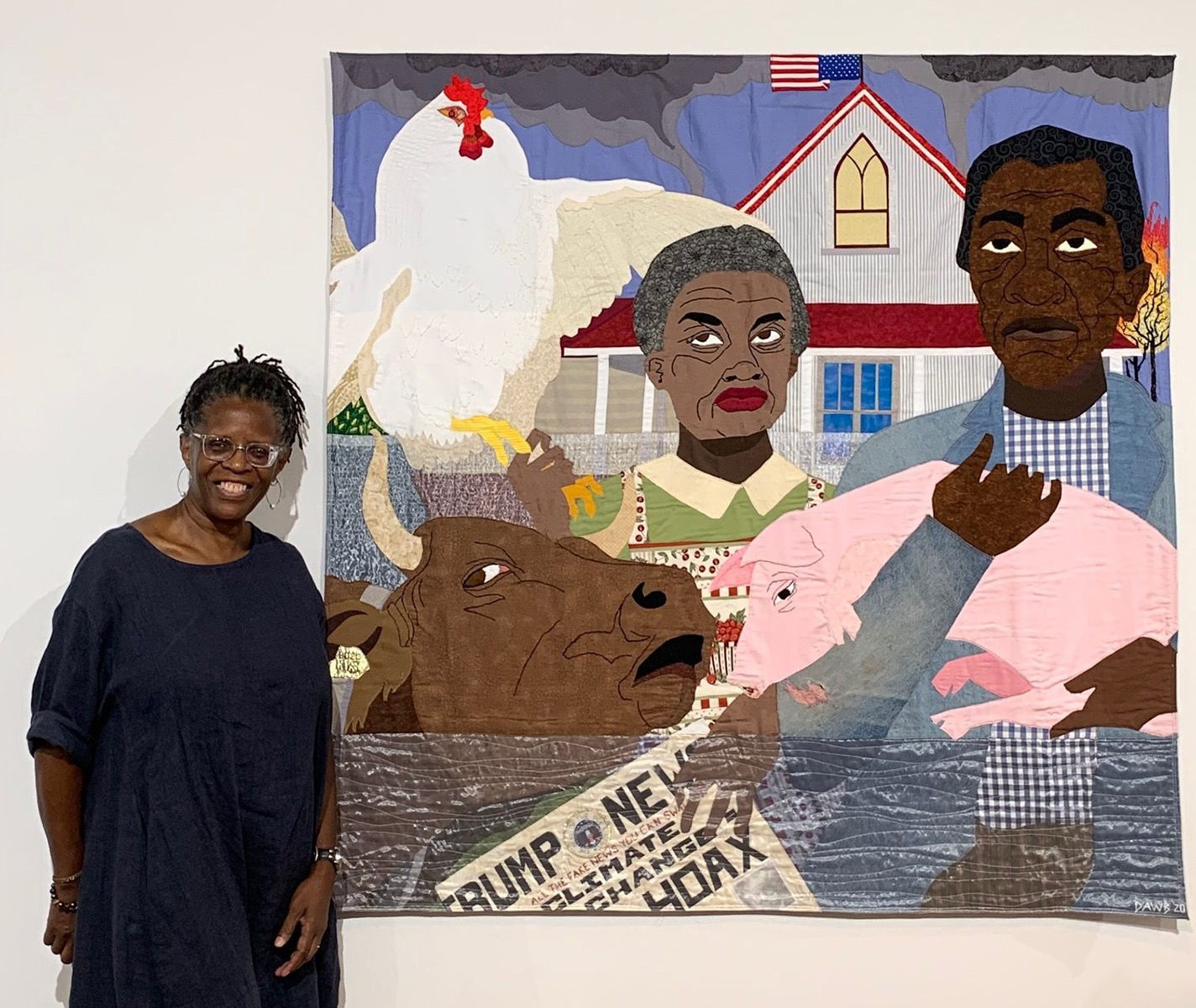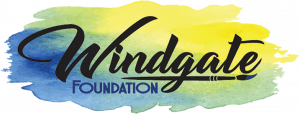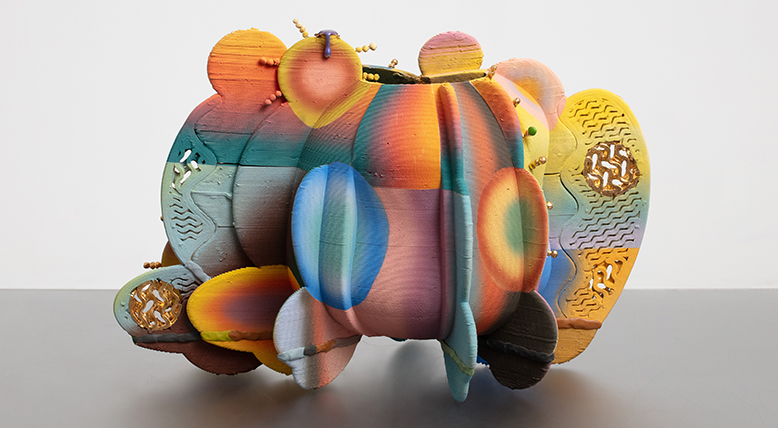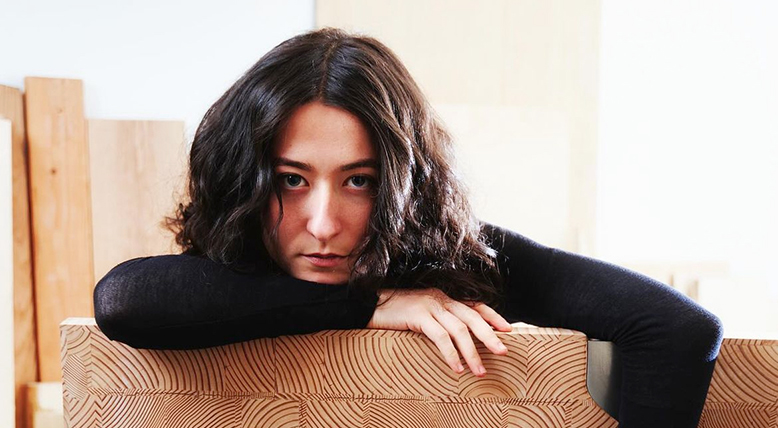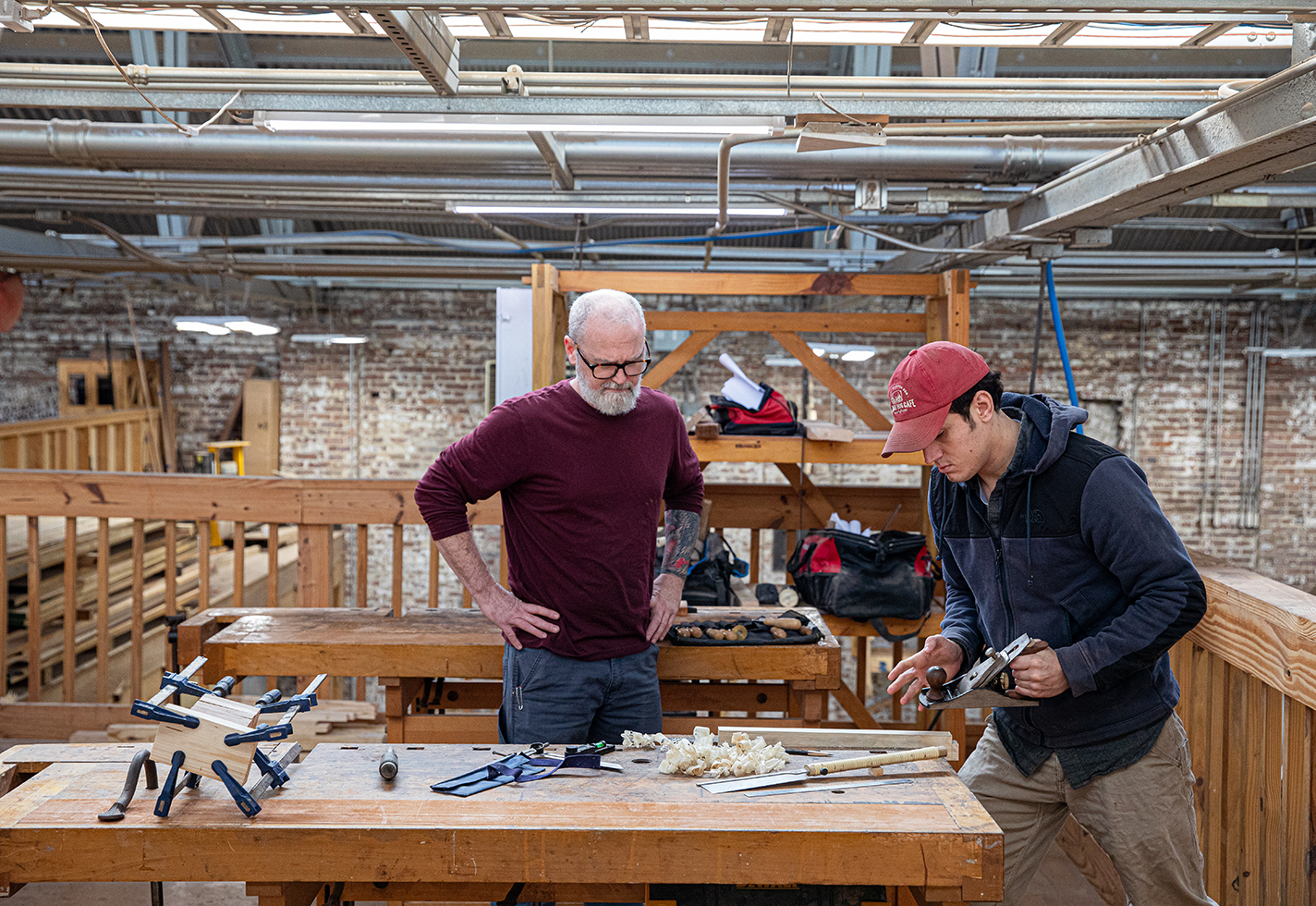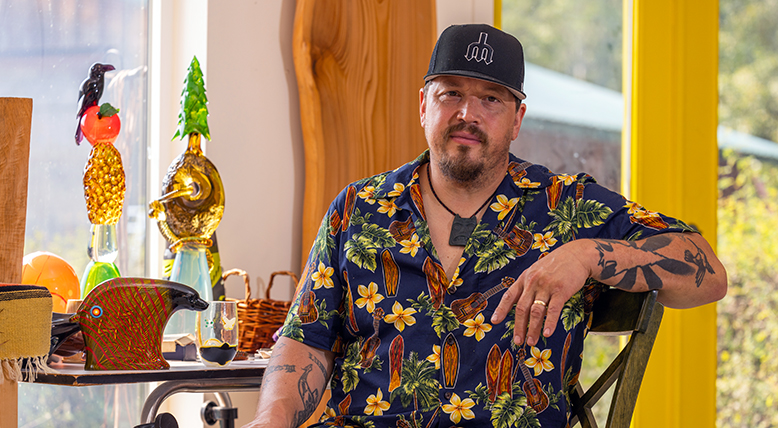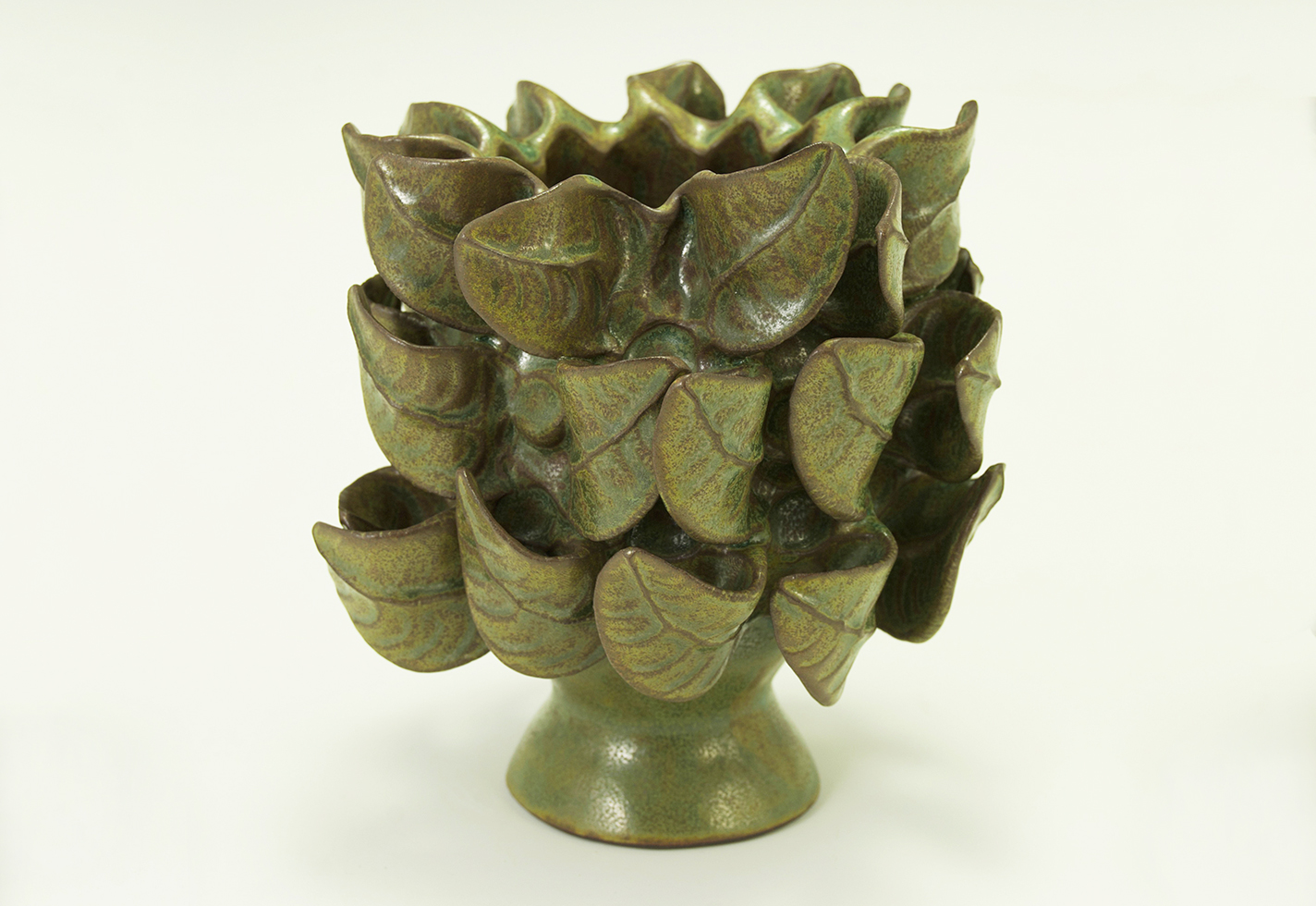Using recycled fabric and notions, Dawn Williams Boyd sews what she calls “cloth paintings.”
The Atlanta-based artist depicts the myriad injustices of our times in large pictorial textile works that smolder with rage. In 2022’s Covid Scream, a hospital waiting room is filled with screaming faces as coronavirus molecules bounce into the room. Other works confront such issues as institutional racism, immigration, women’s rights, and climate change. Williams Boyd, who has been working with fabric since 2001, draws on her skills as a painter, using different fabrics and notions to achieve tonal and textural richness. Raised in Atlanta by a family deeply steeped in the handmade, she has carried forward the skills that were passed down to her, making a body of work all her own. A new solo exhibition titled FEAR: Genetic Annihilation will open at Fort Gansevoort Gallery in New York City on November 20. Williams Boyd expounded on Atlanta’s diverse craft scene in “The Scene: Atlanta” in the Summer 2025 issue of American Craft.
How do you describe your work or practice in 50 words or less?
I make culturally and politically charged cloth paintings from new and used fabric and mixed media to bring to life the often-untold stories of womanhood and racial strife in the history of the United States, highlighting the perspectives of those that history is happening to (as opposed to the history makers).
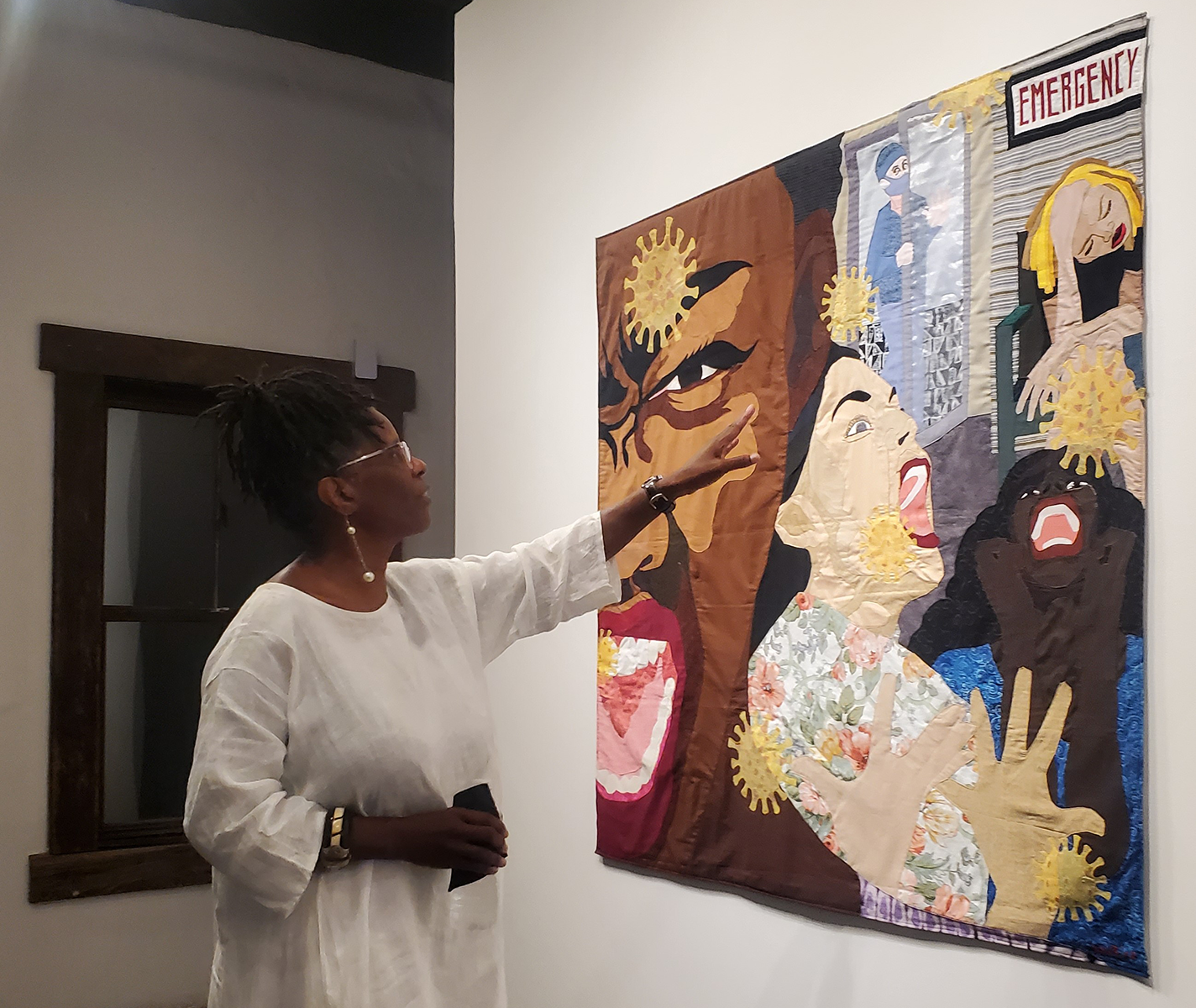
Covid Scream, 2022, assorted fabrics, cotton embroidery floss, bugle beads, 59 x 59 in., appeared in Williams Boyd’s exhibition The Tip of the Iceberg at Fort Gansevoort Gallery.
